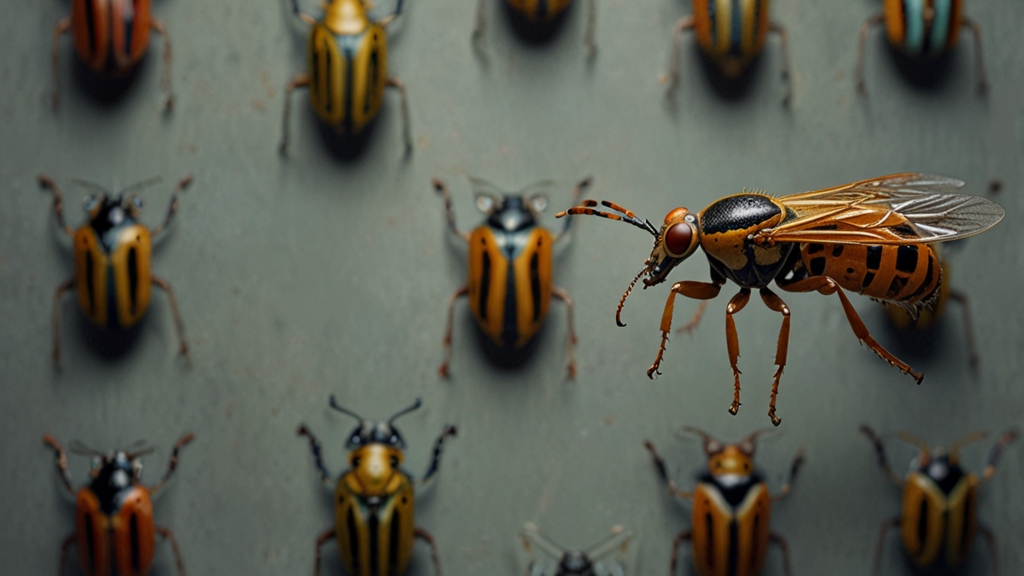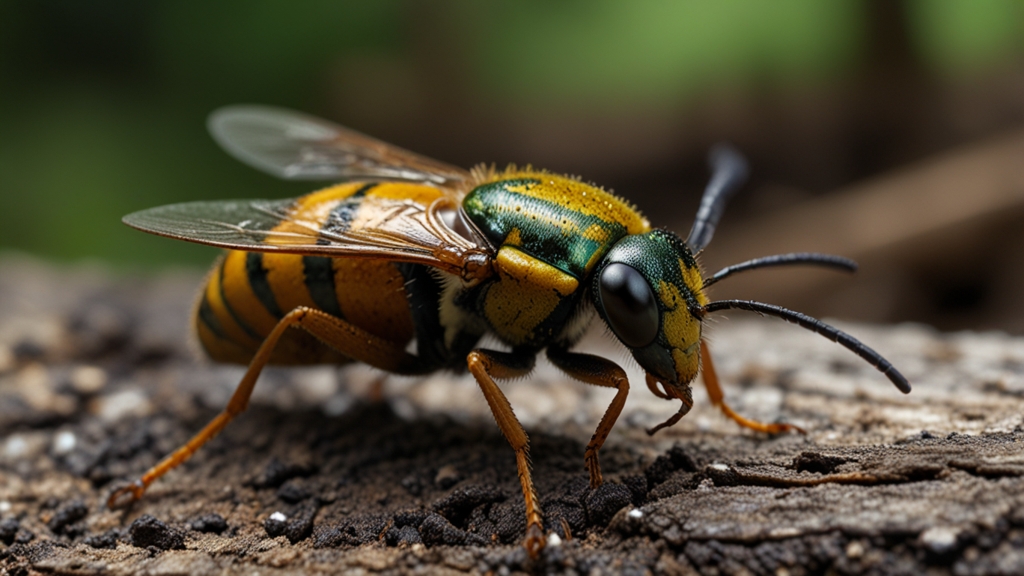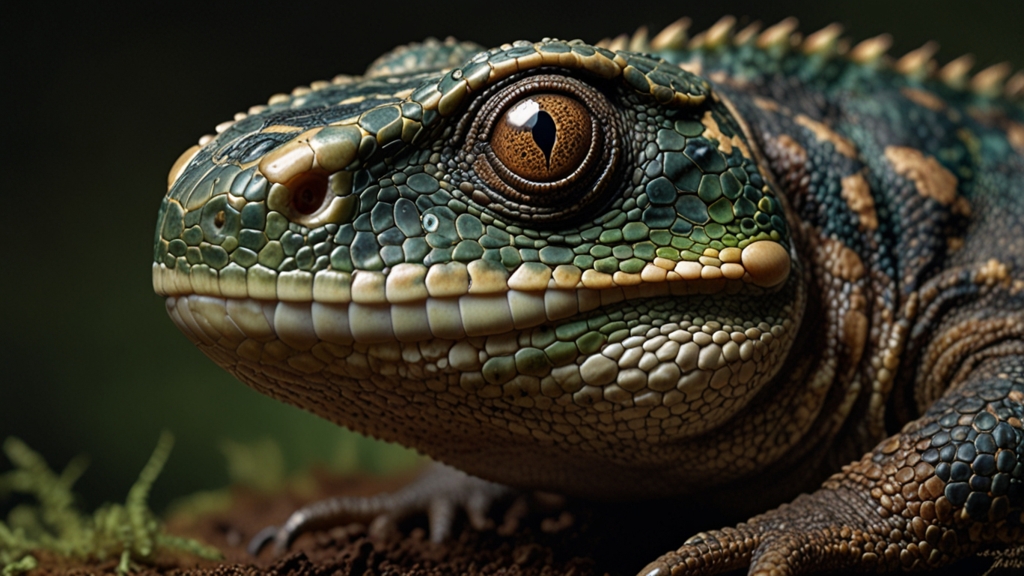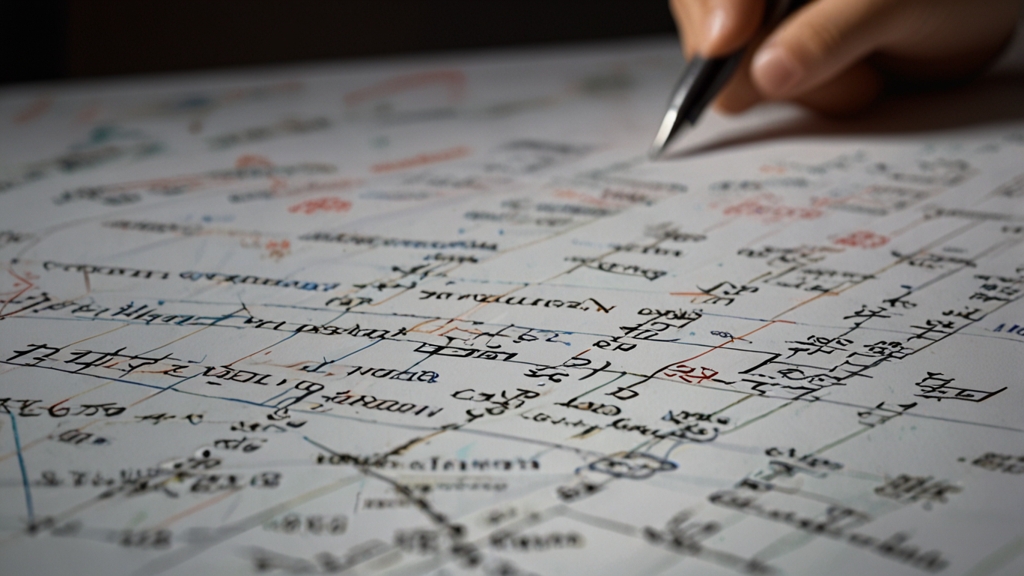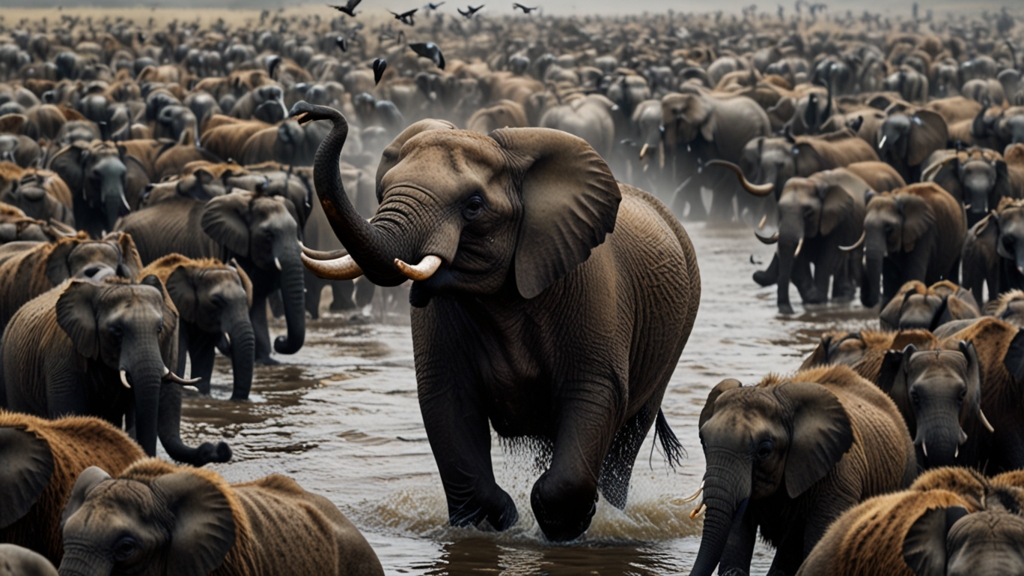Insects in Art: Exploring the Aesthetic Beauty of Bugs
Insects, often overlooked and sometimes even feared, have a fascinating place in the world of art. From the delicate wings of butterflies to the intricate armor of beetles, artists through the ages have been captivated by the unique beauty these creatures possess. By exploring the role of insects in various art forms, we can gain a deeper appreciation for their aesthetic value and the inspiration they provide.
The Historical Perspective
The relationship between insects and art dates back centuries. Ancient Egyptian art, for instance, often featured scarabs as symbols of resurrection and protection. The intricate designs carved into these amulets reveal a deep respect and admiration for the insect world. Similarly, in medieval European manuscripts, detailed illustrations of bees and butterflies often accompanied botanical studies, showcasing the delicate balance between flora and fauna.
Leonardo da Vinci once said, "The smallest feline is a masterpiece." In a similar vein, he might have said the same for insects, given his meticulous sketches of insects found in nature, showcasing their complex forms with an artist's precision and a scientist’s curiosity.
Insects in Modern Art
As we move into the modern era, artists have continued to draw inspiration from the insect world. Surrealists like Salvador Dalí used insects as a metaphor for the unconscious mind, while contemporary artists such as Jennifer Angus create entire installations using real insect specimens. Angus’s work, in particular, challenges traditional notions of beauty, using beetles, cicadas, and other insects to create intricate, wallpaper-like designs that captivate and disconcert viewers in equal measure.
Photographers, too, have found a muse in these tiny creatures. Macro photography has allowed for the capturing of details that are invisible to the naked eye, revealing the shimmering, iridescent colors of a dragonfly’s wing or the geometric perfection of a spider’s web. These images not only highlight the beauty of insects but also bring attention to their ecological importance.
The Symbolism of Insects
Insects carry rich symbolic meanings across different cultures and artistic traditions. Butterflies, for instance, are often seen as symbols of transformation and rebirth. This symbolism is not lost on artists, who use butterfly motifs to explore themes of change and metamorphosis. Moths, with their nocturnal nature, are frequently associated with mystery and the subconscious.
“There is nothing in a caterpillar that tells you it’s going to be a butterfly,” said R. Buckminster Fuller. This sentiment resonates with artists who see insects as symbols of potential and the beauty inherent in change.
Bees, on the other hand, are often used to represent industriousness and community. Hieronymus Bosch’s "The Garden of Earthly Delights" features bees in various contexts, symbolizing both the sweetness of productivity and the potential pains of overindulgence. Through such complex symbolism, insects in art invite viewers to ponder broader human experiences and emotions.
The Future: Where Art and Entomology Meet
Looking to the future, the intersection between art and entomology is likely to become even more significant. With the growing emphasis on sustainable practices, artists are paying closer attention to the natural world, including insects. Bio-artists are using living organisms, including insects, to create works that challenge our understanding of life and art.
Moreover, the digital age has provided new platforms for artists to explore the beauty of insects. Virtual reality and digital art offer new ways to appreciate these creatures, allowing for interactive experiences where viewers can explore the world from an insect’s perspective. These technological advancements not only highlight the aesthetic beauty of insects but also underscore their importance in our ecosystem.
In conclusion, the aesthetic beauty of insects has a unique and enduring presence in art. From historical depictions to modern installations, these small creatures inspire awe and reflection. By exploring the intricate designs and rich symbolism of insects, artists invite us to see the world in a new light, reminding us of the beauty that lies in the smallest details of nature.
